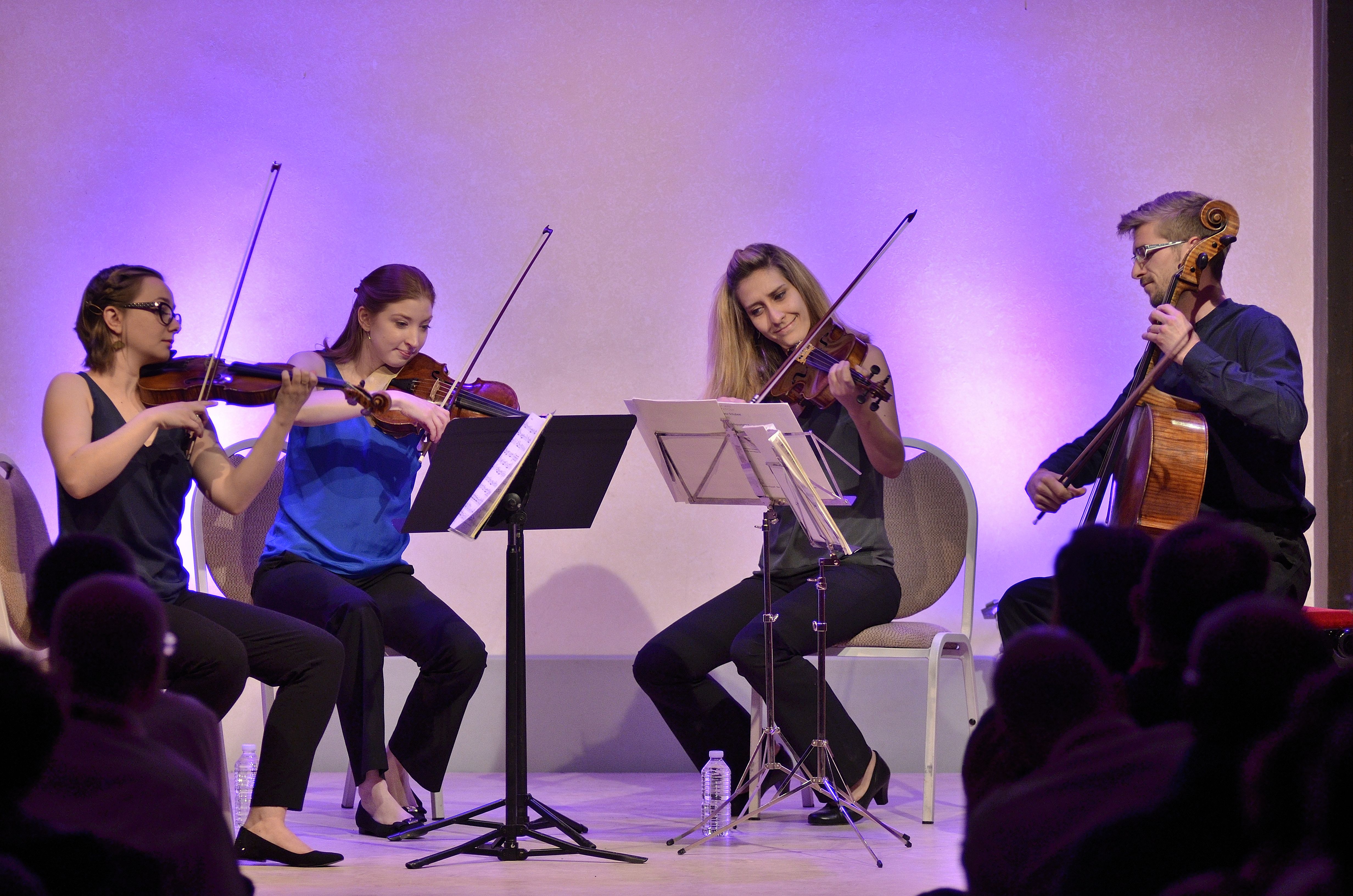Benvenue Fortepiano Trio with Carla Moore violin and Jodi Levitz viola
59:48
Avie AV 2365
[dropcap]I[/dropcap] really wanted to like this recording of some of my favourite Schumann chamber music – indeed I have been looking for a fine period instrument recording of the piano quintet. This recording has much to recommend it. The Märchenbilder for viola and piano are given passionate and lyrical accounts by Jodi Levitz and Eric Zivian while the less familiar Fünf Stücke im Volkston are revealed by Zivian and Tanya Tomkins to be works of colourful and evocative imagination. However in both these works I was aware of the rather uncomfortably close and slightly dead recording, and this proved to be more of an issue with the piano quintet, perhaps simply because of the involvement of more players. However there also seemed to me to be a slight lack of lustre to the actual playing, and it perhaps due to this that I was also aware of some slightly uncomfortable intonation. I am at a loss to account for these shortcomings in a CD from Avie, a company usually at the forefront of recorded quality, although I note that the recording was made in the USA by an independent recording company. This is a pity, as I feel that in a more supported recording environment this would have been a recording I would have felt very differently about.
D. James Ross
[iframe style=”width:120px;height:240px;” marginwidth=”0″ marginheight=”0″ scrolling=”no” frameborder=”0″ src=”//ws-eu.amazon-adsystem.com/widgets/q?ServiceVersion=20070822&OneJS=1&Operation=GetAdHtml&MarketPlace=GB&source=ss&ref=as_ss_li_til&ad_type=product_link&tracking_id=infocentral-21&marketplace=amazon®ion=GB&placement=B01IWVW7L8&asins=B01IWVW7L8&linkId=3397e4f4aefbec7cf621ad5bdeb74445&show_border=true&link_opens_in_new_window=true”]
[iframe src=”http://www.jpc-partner.de/link.php?partner=ngr&artnum=4153893&bg=ffffff&tc=000000&lc=e5671d&s=120&t=1&i=1&b=1″ width=”120″ height=”214″ scrolling=”no” frameborder=”0″]
[iframe style=”width:120px;height:240px;” marginwidth=”0″ marginheight=”0″ scrolling=”no” frameborder=”0″ src=”//ws-na.amazon-adsystem.com/widgets/q?ServiceVersion=20070822&OneJS=1&Operation=GetAdHtml&MarketPlace=US&source=ss&ref=as_ss_li_til&ad_type=product_link&tracking_id=earlymusicrev-20&marketplace=amazon®ion=US&placement=B01IWVW7L8&asins=B01IWVW7L8&linkId=5d9c42f42751077c8b225e83cdf4054d&show_border=true&link_opens_in_new_window=true”]




